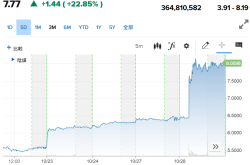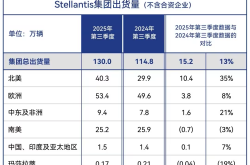Unveiling the Foldable iPhone's Mass Production Timeline: A Price Point to Rival Three iPhone 16s!
![]() 03/19 2025
03/19 2025
![]() 639
639
Apple currently holds an unassailable position in the global smartphone market, making it challenging for competitors to surpass iPhone sales in the foreseeable future. Despite its evident advantages, the slowing growth in iPhone sales cannot be overlooked. While Apple has been striving to diversify its revenue streams in recent years, the iPhone remains the cornerstone of its revenue system, a status quo that is unlikely to change anytime soon. To sustain revenue growth, Apple must innovate further with the iPhone, necessitating the launch of new devices.
The new device in question is the foldable screen. Many wonder why Apple has lagged behind competitors who have been entering the foldable screen market for years. I believe there are three primary reasons: firstly, the technology of related components was not mature enough to meet Apple's standards; secondly, the costs were prohibitively high, impacting final profits; and thirdly, the ecosystem was not fully developed.
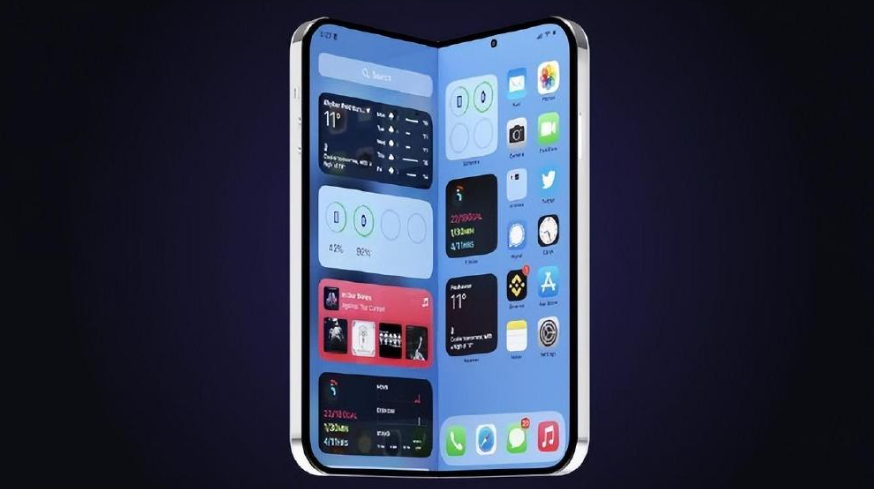
However, as time progresses, conditions in all aspects have gradually matured, and technological hurdles are no longer an issue. With the expansion of related industrial chains, costs have also decreased. Consequently, Apple has decided to enter the foldable phone market. Reports indicate that the foldable iPhone has entered the NPI stage (encompassing design, research and development, and testing before mass production) on the production line. Assuming no significant setbacks, the final product launch should proceed smoothly. I believe the design and R&D phases are likely complete, and the device has now entered the time-consuming testing phase.
It is rumored that the foldable iPhone will enter mass production alongside the iPhone 18 series as early as mid-next year, or at the latest by the end of the third quarter, with sales expected by year-end. The situation appears clear. I speculate that the foldable iPhone will be unveiled as a "one more thing" surprise at next year's iPhone 18 press conference, given the lack of surprising models in recent iPhone lineups.
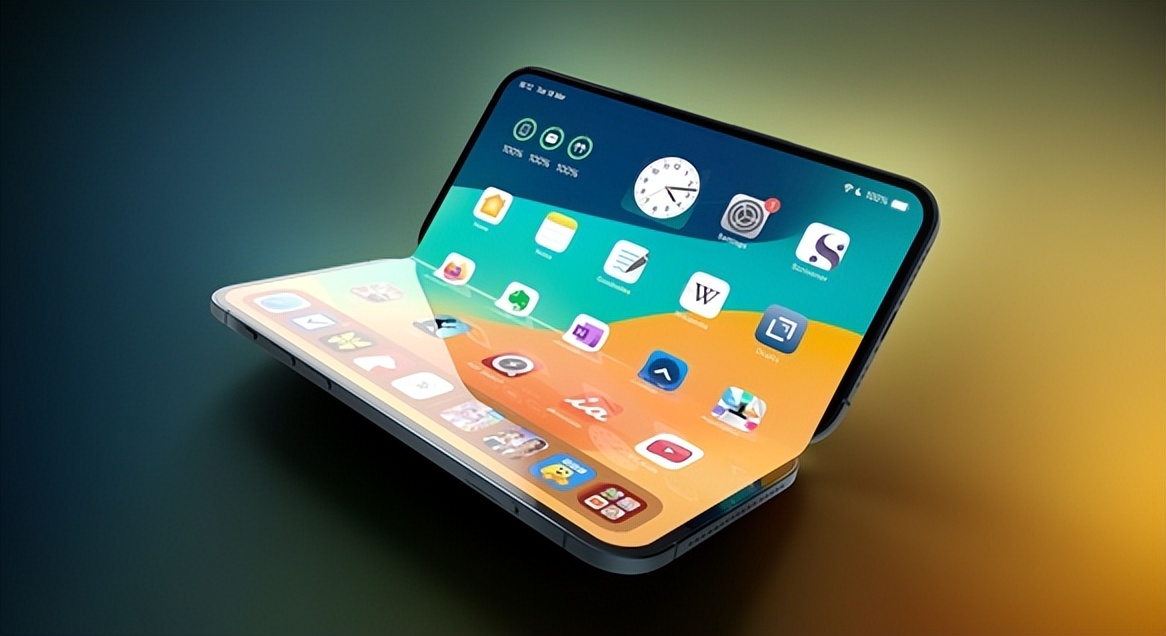
Current news suggests that Foxconn has secured all production tasks. In terms of functional configuration, the screen will primarily be supplied by Samsung, with a high probability of being a custom screen not yet used by Samsung. It's even plausible that Samsung will establish a dedicated screen production line for the foldable iPhone. The unfolded size is 7.8 inches, slightly smaller than competitors' mainstream foldable phones. It features a dual rear camera (a bit modest), and instead of Face ID, it uses Touch ID physical fingerprint recognition integrated into the power button.
This approach maximizes cost control for Apple. An under-screen fingerprint sensor would be required on both the inner and outer screens, as would Face ID. By integrating it into the power button, it works for both unfolded and folded states, further reducing costs. The folding thickness is reportedly controlled at around 9.5mm, which is considered acceptable.
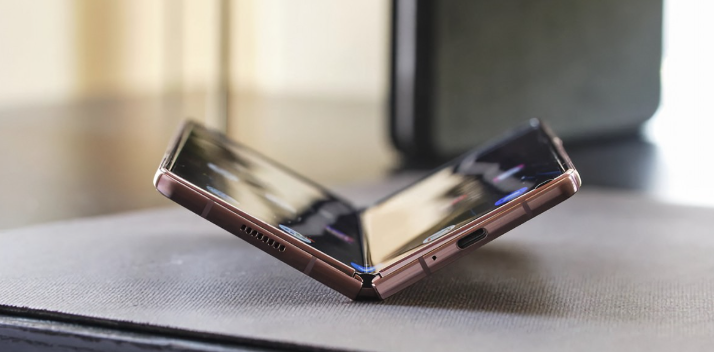
Regarding the price, it is reported to start at $2,299, approximately RMB 16,600. With necessary taxes and fees added for the Chinese version, the starting price is expected to be close to RMB 18,000, equivalent to the cost of three iPhone 16s. How many of you can afford this luxury?

